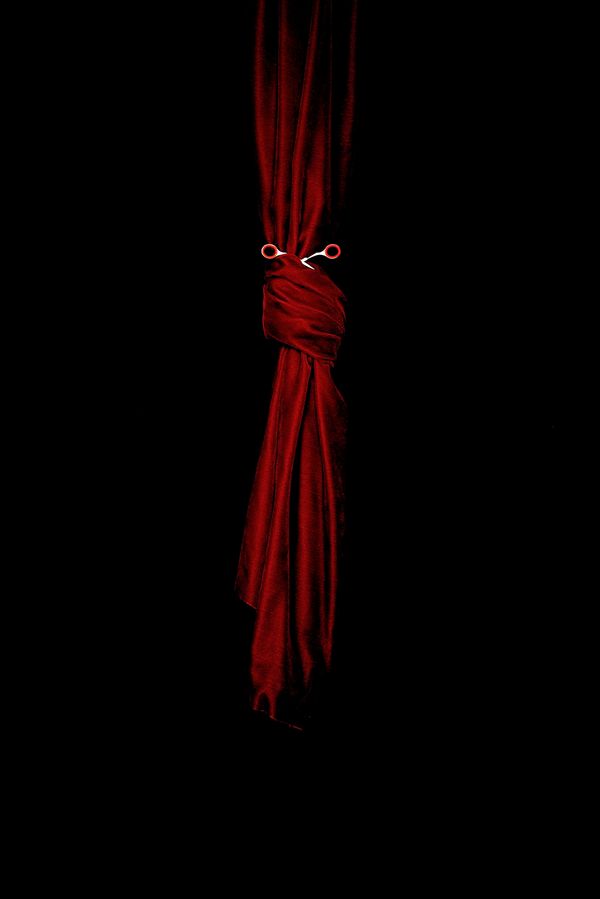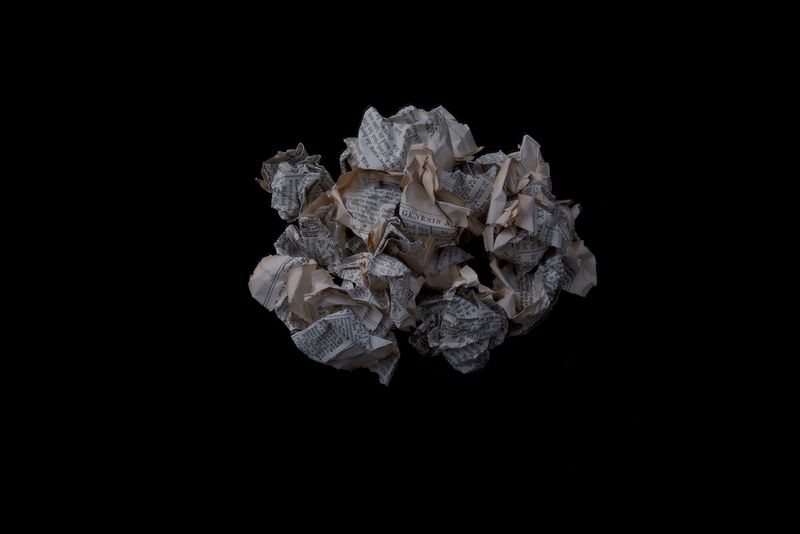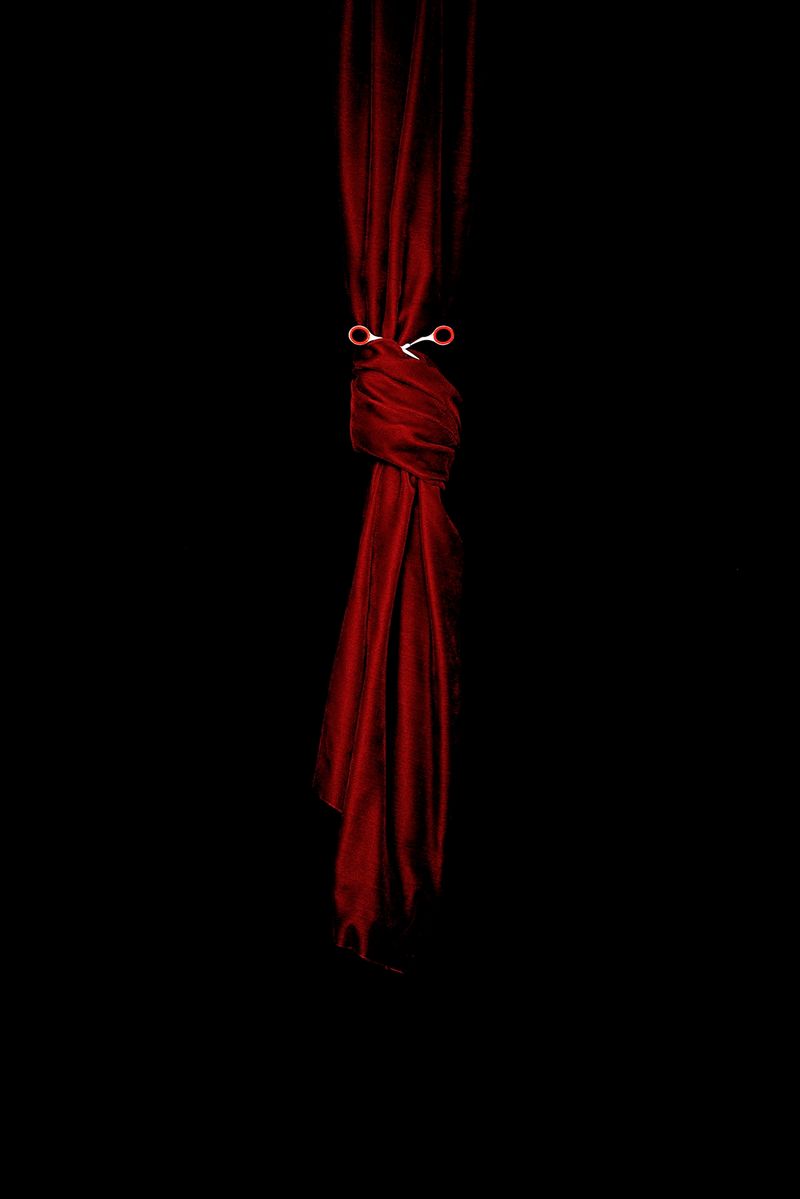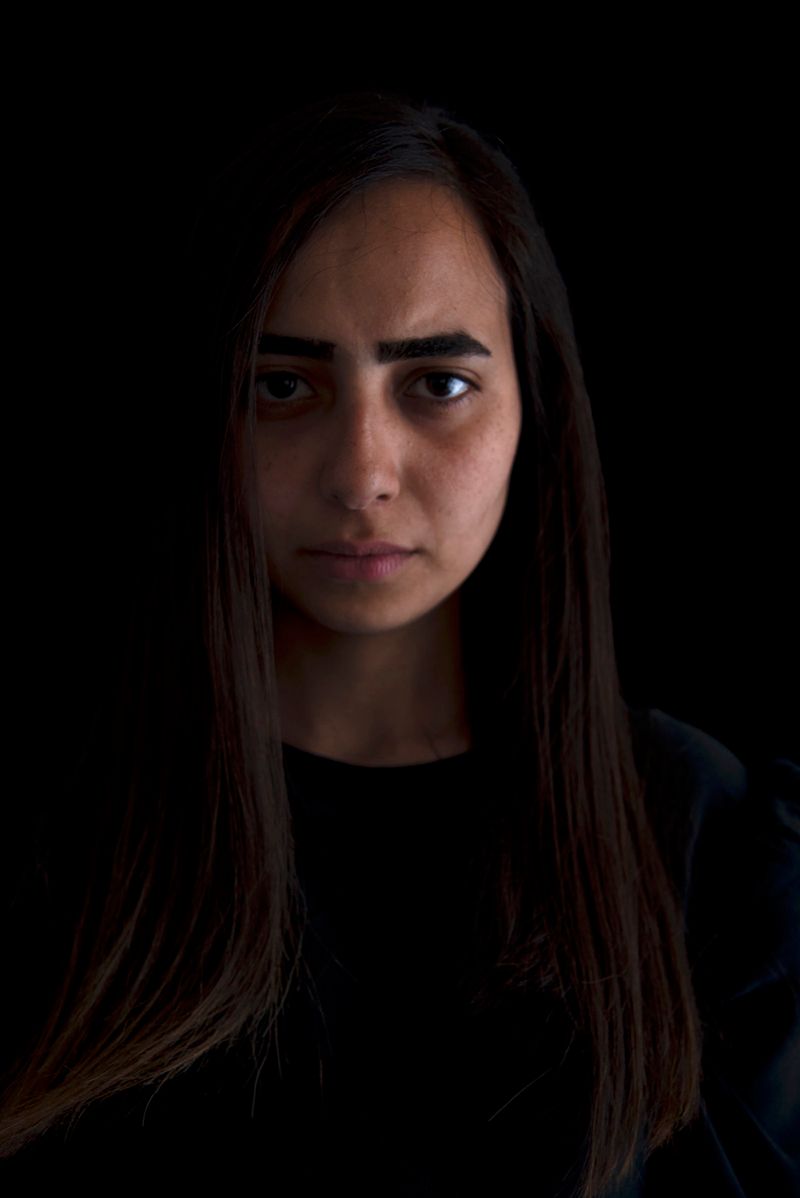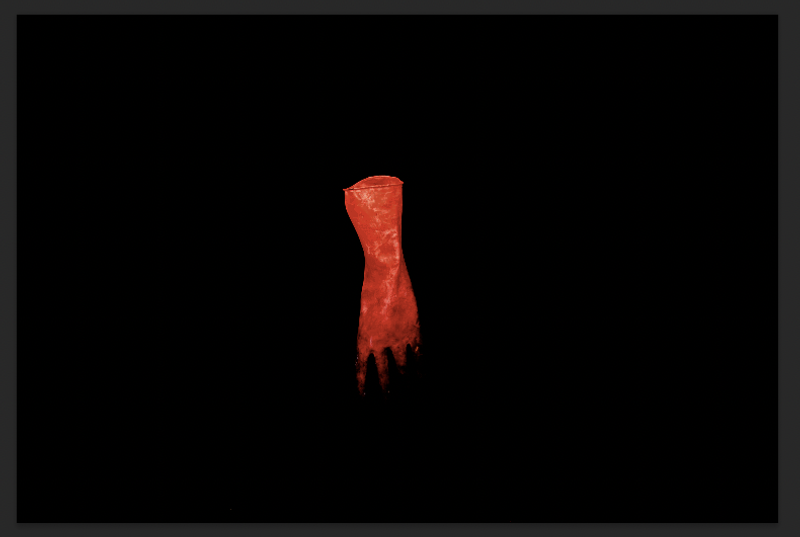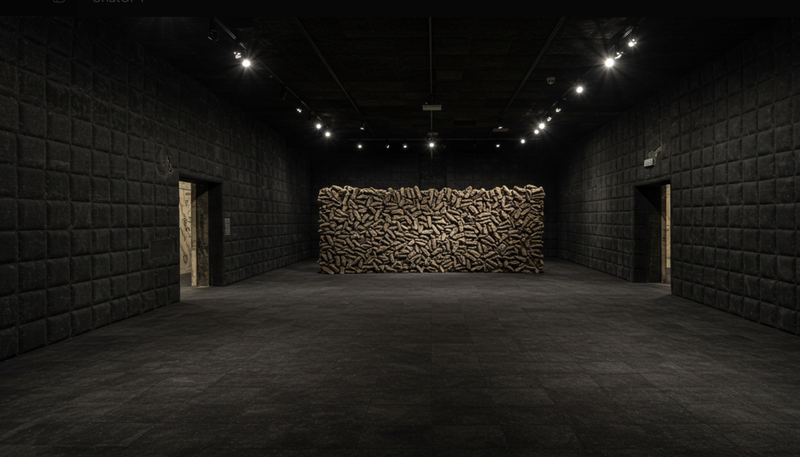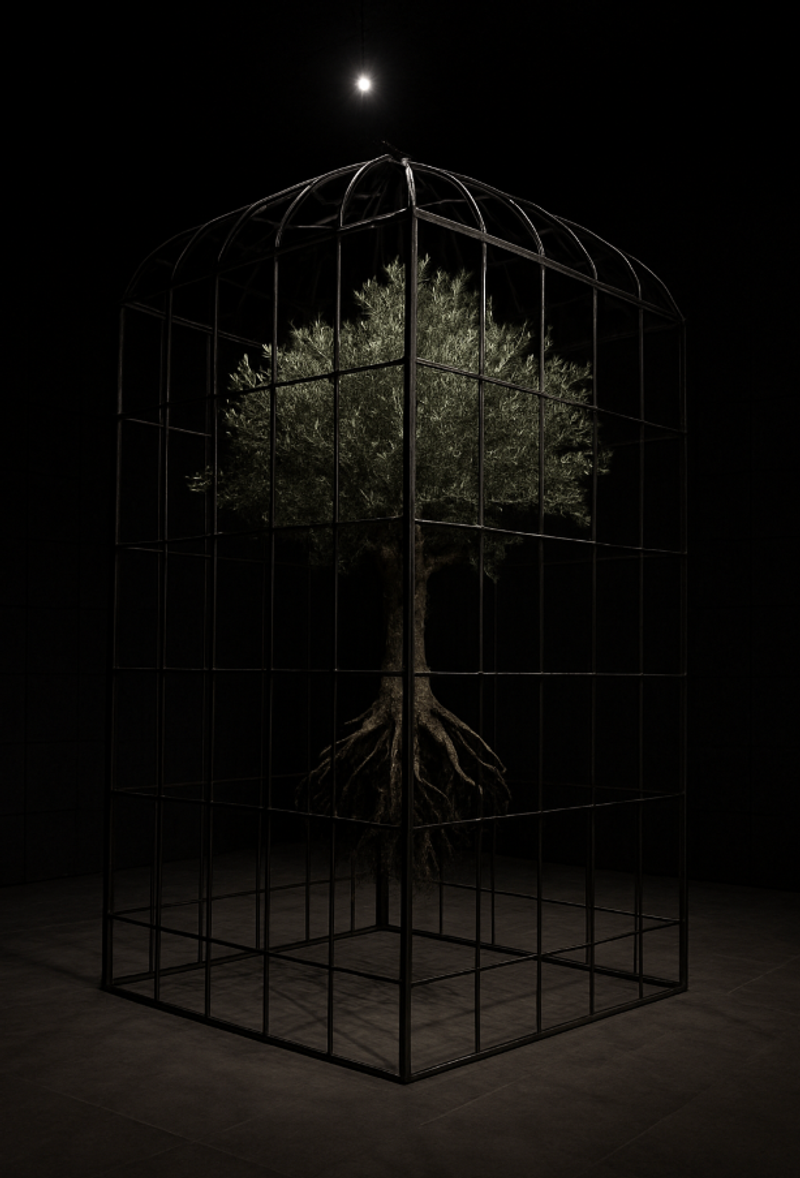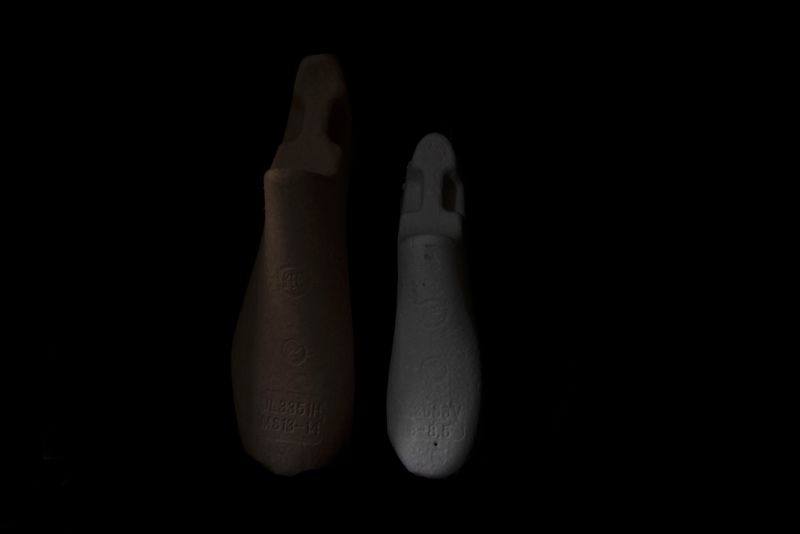Til All Is Correct
-
Dates2023 - Ongoing
-
Author
Our current political climate is in turmoil.We are in the midst of global conflict and displacement on a monumental scale. Til All is Correct is a multidisciplinary research project examining the anguish of exile, displacement and exclusion.
The death of human empathy is one of the earliest and most telling signs of a culture about to fall into barbarism. (Hannah Arendt)
Our current political climate is in turmoil. As we witness the rise of extremist ideologies and the movement towards geographic insularity, the results become ever more portentous. We are in the midst of global conflict, migration and displacement on a monumental scale. Til All is Correct is a multidisciplinary work examining the anguish of exile, displacement and exclusion. Amidst tumultuous conditions that vilify the Other and threaten the fundamental rights of many, it invites audiences into an immersive space of deep listening, reflection and empathy- to confront the fragility of belonging and the persistence of hope.
Methodology
Through a mix of photography, installation, and experimental video and sound, I trace architectures of displacement and how conflict and trauma continue to disrupt cycles of connection and belonging. Photographic works capture ephemeral traces of abandoned belongings and contested border spaces. Central to the installation is the Impossible Shoe-Making Project — fragile sculptural shoes that metaphorically embody survival, alienation, and the painful search for footing in unfamiliar worlds.The exhibition also features experimental sound and video works investigating the distortions of auditory perception on the body during extreme stress. Drawing from Brandon LaBelle’s concept of the "auditive as methodology," the work explores how trauma fractures speech, mistranslates meaning, and disrupts our ability to fully listen.The installation environment itself becomes part of the experience: walls are padded with black quilting to muffle sound, creating an atmosphere of profound silence. Visitors are asked to remove their shoes and wear provided coverings, shifting their sensory awareness and evoking a sense of sacred space — a sanctuary demanding care and respect.
Technical Considerations
Looking forward, the work would require a flexible gallery space that can accommodate wall-mounted and floor -secured photographic works, a sound-insulated installation area, and floor space for sculptural elements. For The Translation Room, a darkened environment with soundproofing (via padded walls or acoustic treatment) is essential to create an atmosphere of intentional silence. Projection equipment and speakers will be required, ideally directional or surround, to support immersive sound. Visitors would be asked to remove their shoes and wear provided coverings to preserve the sanctity of the space; a small entry area for this transition will be necessary. The sculptural shoe installation would require plinths or floor-level presentation, with subtle lighting. Standard power access and blackout capability for the video component would also be required.
Research:
Til All is Correct critically embodies my ongoing research into generational trauma, exile, and the ethical dilemmas of representing collective suffering. It seeks to respond to core questions - particularly how artists might engage with themes of injustice and displacement without perpetuating spectacle or speaking for the Other.
The inclusion of the Impossible Shoe-Making Project and The Translation Room allows me to work materially and sonically with the concepts of movement, estrangement, and fractured communication that underpin my research.
Critically, a potential exhibition functions as a site of applied research. The sensory design—asking visitors to remove their shoes, muffling ambient noise, and simulating the acoustics of trauma—echoes my inquiry into how the body receives and processes loss. It reflects my concern with how sound, space, and silence can be used to construct an ethics of attention, one that invites viewers into intimate, respectful encounter rather than distanced observation.
This project is shaped by the critical awareness developed through mentorships and dialogues, particularly with artist and curator Erik Kessels and artist and curator Francisco Guevera, . It resists the ease of “sweeping in” as a Western observer and instead situates the artist and viewer as both witness and implicated participant.
By materialising my research in this immersive, reflexive format, Til All is Correct contributes directly to my core questions: how can we represent trauma responsibly, and how can art open a space of encounter that is both ethically grounded and socially urgent?
Technical needs and production timeline:
A possible exhibition would require a flexible gallery space that can accommodate wall-mounted and floor -secured photographic works, a sound-insulated installation area, and floor space for sculptural elements. For The Translation Room, a darkened environment with soundproofing (via padded walls or acoustic treatment) is essential to create an atmosphere of intentional silence. Projection equipment and speakers will be required, ideally directional or surround, to support immersive sound. Visitors would be asked to remove their shoes and wear provided coverings to preserve the sanctity of the space; a small entry area for this transition will be necessary. The sculptural shoe installation would require plinths or floor-level presentation, with subtle lighting. Standard power access and blackout capability for the video component would also be required.
8
NB Please note that the image of the shoe edifice, the tree hanging within the cage and the platinum scroll are AI generated as a tool of visualisation for the various installations.

